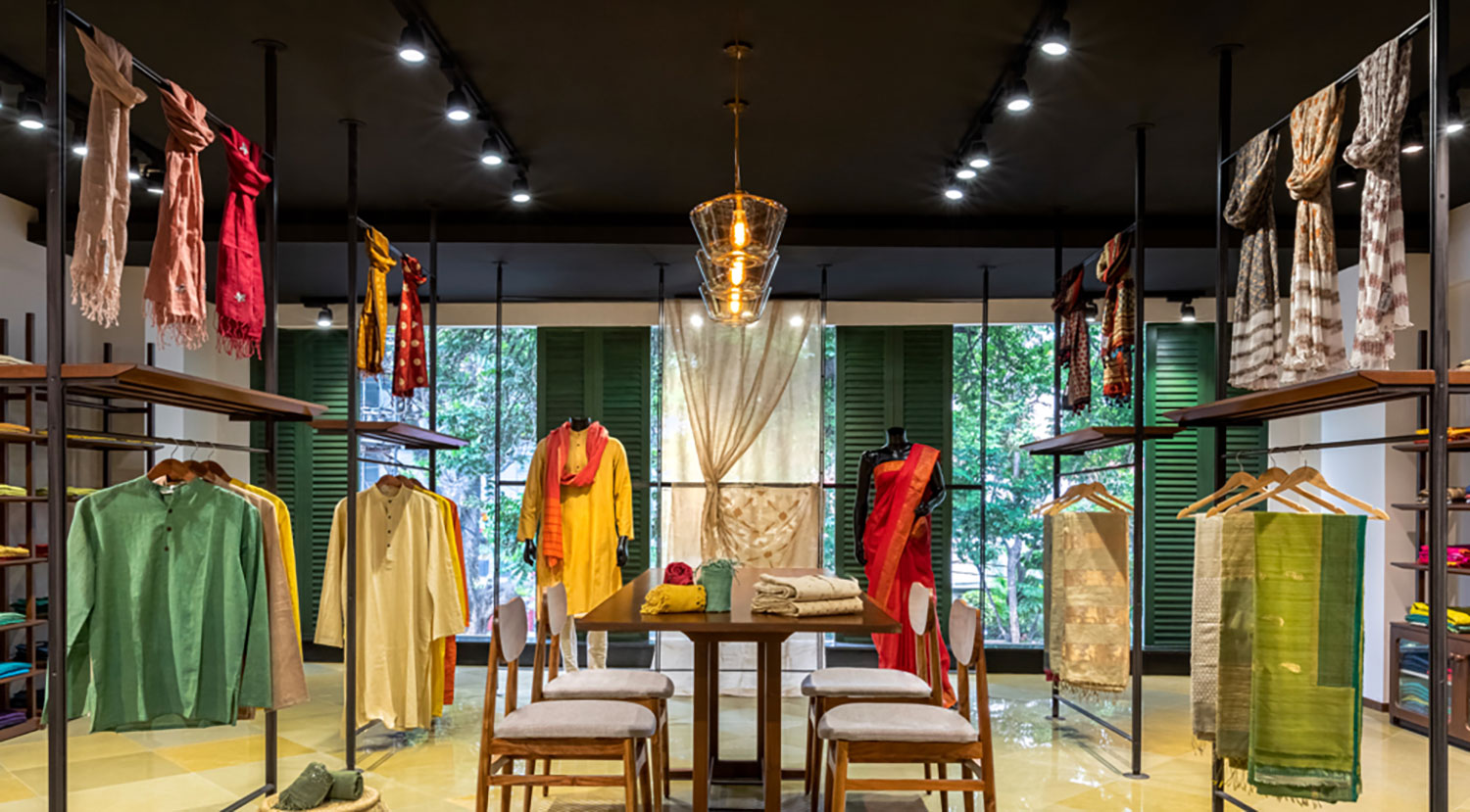Visual merchandising, a vital component of retail marketing, has undergone significant transformations in the Indian retail landscape. These changes are a response to evolving consumer behaviors, technological advancements, and global trends. Let’s delve into the nuances of these transformations and how they have reshaped visual merchandising in India.
1. Adoption of Digital Technology
In recent years, Indian retailers have embraced digital technology to upscale their strategies. Digital signage, interactive displays, and augmented reality (AR) have become integral elements of store environments. These technologies enhance customer engagement and provide immersive experiences that captivate shoppers.
Retailers leverage digital displays to showcase product features, promotions, and branding messages dynamically. Interactive kiosks and touchscreens allow customers to explore product catalogs, access additional information, and make purchases directly from the store floor. AR applications enable virtual try-ons, allowing customers to visualize how products will look or fit before making a purchase.
2. Emphasis on Omnichannel Integration
The proliferation of e-commerce in India has compelled retailers to adopt an omnichannel approach to visual merchandising. Retailers strive to maintain consistency in branding and messaging across online and offline channels to deliver a seamless shopping experience. Visual elements, such as imagery, typography, and color schemes, are optimized for digital platforms to ensure uniformity and effectiveness.
Moreover, retailers leverage data analytics to personalize visual merchandising efforts across various channels. Customer insights enable targeted product recommendations, personalized promotions, and tailored content delivery, enriching the overall shopping experience.
3. Localization of Merchandising Strategies
Recognizing India’s diverse cultural landscape, retailers have shifted towards localization in their visual merchandising strategies. By incorporating regional motifs, colors, and themes into store displays, retailers connect with consumers on a deeper level. Localization efforts resonate with local sensibilities and foster a sense of belonging among customers.
Additionally, retailers tailor product assortments and promotional campaigns to cater to regional preferences and traditions. This localized approach enhances brand relevance and strengthens customer relationships, driving loyalty and affinity.
4. Integration of Sustainability
Sustainability has emerged as a prominent theme in visual merchandising practices across India. Retailers are increasingly adopting eco-friendly materials, implementing recycling programs, and promoting sustainable lifestyles through their displays. Sustainability messaging is integrated into visual merchandising to raise awareness and appeal to environmentally-conscious consumers.
Green initiatives, such as using recyclable packaging, showcasing eco-friendly products, and communicating sustainability efforts through signage, resonate with socially-conscious shoppers. By aligning with sustainability values, retailers differentiate themselves in the market and foster goodwill among customers.
5. Personalization and Customization
The Product promoters play a vital role in advancing personalization within visual merchandising in India, utilizing data analytics and customer segmentation. By analyzing customer behavior, preferences, and purchase history, retailers can create personalized product displays and recommendations. The inclusion of customization options, such as personalized product packaging and interactive displays, enhances the shopping experience and encourages brand loyalty.
Moreover, retailers leverage customer feedback and user-generated content to tailor visual merchandising efforts to individual preferences. By offering personalized experiences, retailers deepen customer engagement and increase conversion rates, driving business growth.
6. Focus on Experiential Retail
Indian retailers are increasingly prioritizing experiential retail concepts to differentiate themselves in a competitive market. Store layouts, displays, and interactive installations are designed to create immersive and memorable experiences for shoppers. Retailers integrate sensory elements, storytelling, and entertainment to engage customers emotionally and encourage exploration.
Experiential retail initiatives, such as live demonstrations, workshops, and pop-up events, create opportunities for customers to interact with products and brands in meaningful ways. These experiences leave a lasting impression on consumers, driving brand affinity and word-of-mouth advocacy.
7. Collaboration with Influencers
Influencer marketing has emerged as a powerful tool for Indian retailers to amplify their visual merchandising efforts and reach new audiences. Retailers collaborate with influencers and brand ambassadors to create authentic content, promote products, and drive foot traffic to stores. Influencers leverage their social media platforms to share immersive experiences and storytelling, resonating with their followers and driving engagement.
These collaborations add credibility and authenticity to visual merchandising campaigns, particularly among younger demographics who value peer recommendations. By harnessing the influence of social media influencers, retailers extend their reach and enhance brand visibility in an increasingly digital landscape.
Visual merchandising in the Indian retail sector has evolved significantly, driven by technological innovation, changing consumer preferences, and market dynamics. The adoption of digital technology, emphasis on omnichannel integration, localization of merchandising strategies, integration of sustainability, personalization and customization, focus on experiential retail, and collaboration with influencers are key trends shaping visual merchandising practices in India. By embracing these trends and adapting their strategies accordingly, retailers can create compelling and immersive shopping experiences that resonate with Indian consumers and drive business success in the competitive retail landscape.





